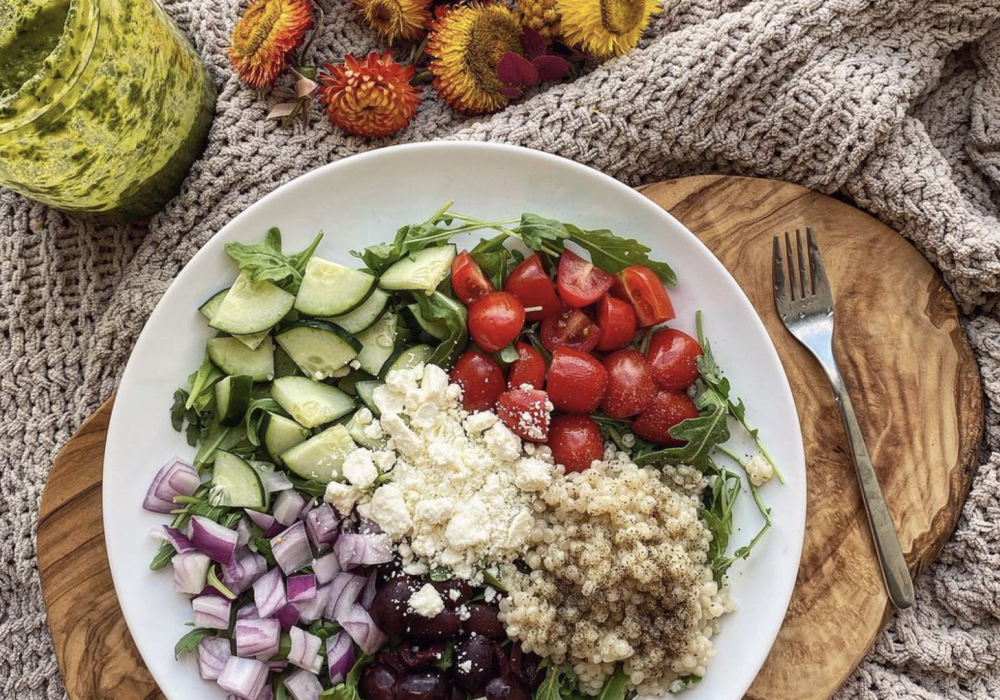These good habits to start are the ones that I use every time I create my new gym plan. I’ve seen so much progress since incorporating them!
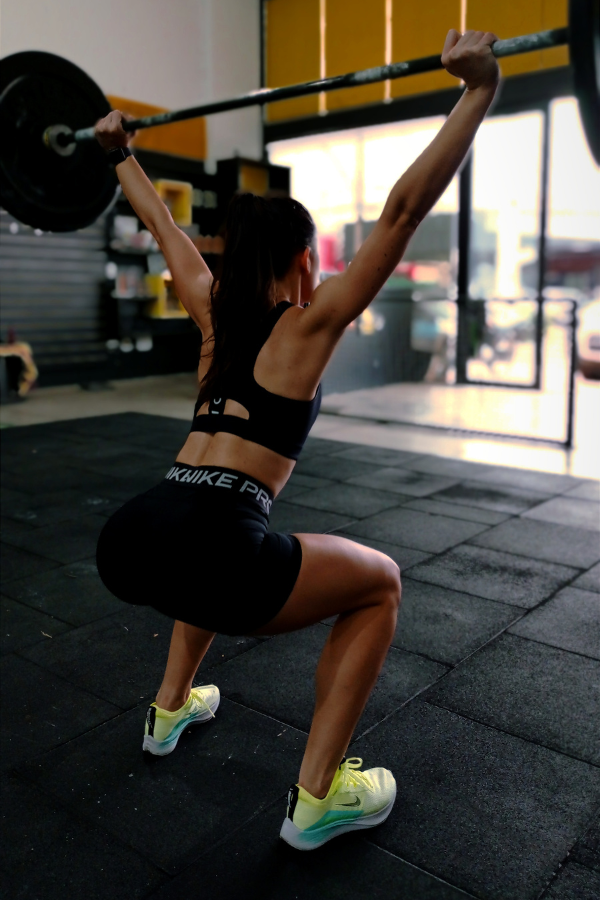
The most important thing to keep in mind when designing a gym plan is the concept of progressive overload. This basically means that little by little, you increase the difficulty of the exercises to which your body needs to adapt.
There are many ways to progressively overload your body. A very straightforward way of doing this is by increasing the weight of your lifts. However, there are so many more forms of progressive overload.
Below, I have outlined the good habits to start incorporating into your gym plans to allow you to reap the most benefit from progressive overload. By properly incorporating these techniques, your physique and health goals will improve substantially.
This blog post is all about the 9 good habits to start incorporating into your gym plan!
9 BEST HABITS TO START FOR PROGRESSIVE OVERLOAD
Some things to understand before...
In order for a physique to change, it needs to be exposed to a *something* it has never been exposed to. That concept is what we call progressive overload.
Now, there are two things to unpack in that term: progressive and overload.
In this context, “progressive” takes on the meaning of little-by-little as well as over time. In other the overload cannot be massive (you wouldn’t ask a toddler to bench press 100lb) and has to be experienced repeatedly over time.
On the other hand, overload is another form of saying more than it usually handles. In the context of the gym, this “more” can be in the form of more weight, more time, more reps, new movements, etc.
The reason why you need to increase the level is because your body adapts. Once it has become comfortable in doing what it is doing, it becomes complacent and won’t progress. You need to be putting it in a constant state of discomfort and stress in order to see that progress.
Combining these two concepts together is what allows you to improve: do things that your body isn’t used to doing at an increasingly challenging level consistently over time
Understand that and you understand… well, life.
The most common way of progressive overload is adding more weights to your lifts. Where last week you were squatting 45lb plates, add an extra 5lb this week, yada yada yada, you know the drill.
However, there are times when just adding more weights won’t do the trick. Indeed, we can hit what we call “plateaus”, whereby despite the effort, our body is just stubborn and won’t improve. You can think of it as your body being bored of doing something, and deciding to be lazy and do nothing instead.
So, as mentioned, I have made a list of the other forms of progressive overload that you can include in your workout to reap the benefits of the gym.
1. Use all variations of a compound lift
Compound lifts are arguably the most important parts of your workout.
The last thing you want is for your body to no longer adapt to these, or, even worse, you don’t want to get bored of them. (Gym burnout is a real thing, people.)
Luckily, compound lifts have a nearly infinite amount of ways to slightly tweak them. In this way, you get to change things up while still performing a compound lift status exercise.
There are 2 main ways to tweak them: one has to do with the form, and the other has to do with the tempo.
Insofar as the form, compound lifts have many ways that they can be performed. Though the main muscles worked remain the same, the small tweaks naturally shift the focus a little bit.
Below is an example of the deadlift:
Form Variations
Deadlift
- Conventional deadlift – the one that you should do if you are new to deadlifting
- Sumo deadlift – where your feet are placed wide apart and you’re grabbing the bar at shoulder width
- Romanian deadlift (RDLs) – also called the stiff-leg deadlift, where instead of bending at the knees, you bend at the hips
- Trap bar deadlift – the bar being used is not the straight bar but rather the one that has a whole in the middle and you step inside
- Snatch grip deadlift – you grab the bar with a much wider grip while standing shoulder width
- Deficit deadlift – whereby you’re standing on an elevated surface while the bar remains on the ground OR your bar is on an elevated surface while you’re on the ground
- Hack lift – where instead of having the bar placed in front of you, you lift it from behind your back
- Dumbell RDLs – whereby instead of using a bar, you use dumbells to perform the movement
- Single leg dumbbell RDLs – in addition to the dumbbell RDL changes, you perform this movement with a staggered stance (one leg behind the other)
- … the list goes on
As for the tempo… well the possibilities are infinite. Tempo refers to how quickly you perform the lift.
Taking the example of a squat, one would normally start with a 1-0-1 tempo. This means that it takes you 1 second to lower your butt to the ground, you would stay 0 seconds on the ground, and immediately shoot up in 1 second.
Now, let’s change that and have a 4-2-1 tempo. In this case, you would slowly lower your butt to the ground, taking 4 seconds to do so. Then, once you reached the bottom of the movement, you would stay still for 2 seconds. And after that, you would shoot back up in 1 second.
See how I mean that the possibilities are infinite? You can change the tempo in whatever way you chose.
Normally, you would schedule it to take more time in the part of the lift that goes in the same direction as gravity. In the example of the squat, it was the 4 seconds going down. For the bench press, it would also be the section where you lower the bar to your chest.
2. Include 2 compound lifts per session
When I first started working out, I used to believe that a workout should be limited to a single compound lift along with a few isolation movements afterwards. Let me tell you, the game changed when I started including 2 compound lifts.
The progress I saw was amazing.
I still keep one compound lift as my “main” lift, whereby I go for much lower reps (1-5 reps) but much higher weight. Then, I also include a second compound lift though this one is for higher reps (5-8).
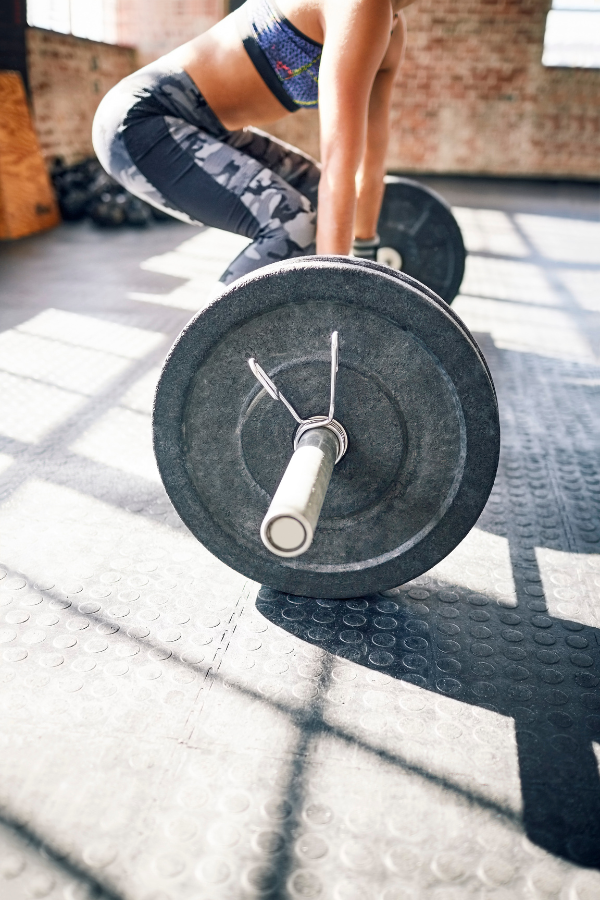
3. Don't try to reinvent the exercise wheel
When I go to the gym, I sometimes see people doing weirder and weirder exercises. I don’t really understand what they are trying to do. My guess is that they believe that by doing this new exercise, they will see some crazy improvements in their goals.
Guys, going to the gym isn’t rocket science. Move your body, make it tough, and that’s it. The only other secret ingredient is consistency.
You don’t have to be constantly reinventing the exercise wheel. The basics are all you need. (By basics, I mean the main compound lifts.) Seriously, you could solely be practicing compound movements and the results would be the same.
The most effective exercises have already been discovered.
Let me take people in jail as an example. It’s not just in the movies where they are all jacked as hell.. So how are they get built with little to no equipment? They stick to the basics. Pushups, pull ups, yada yada yada. The only difference is that they don’t use plates as their form of progressive overload.
Do not over-complicate it for yourself.
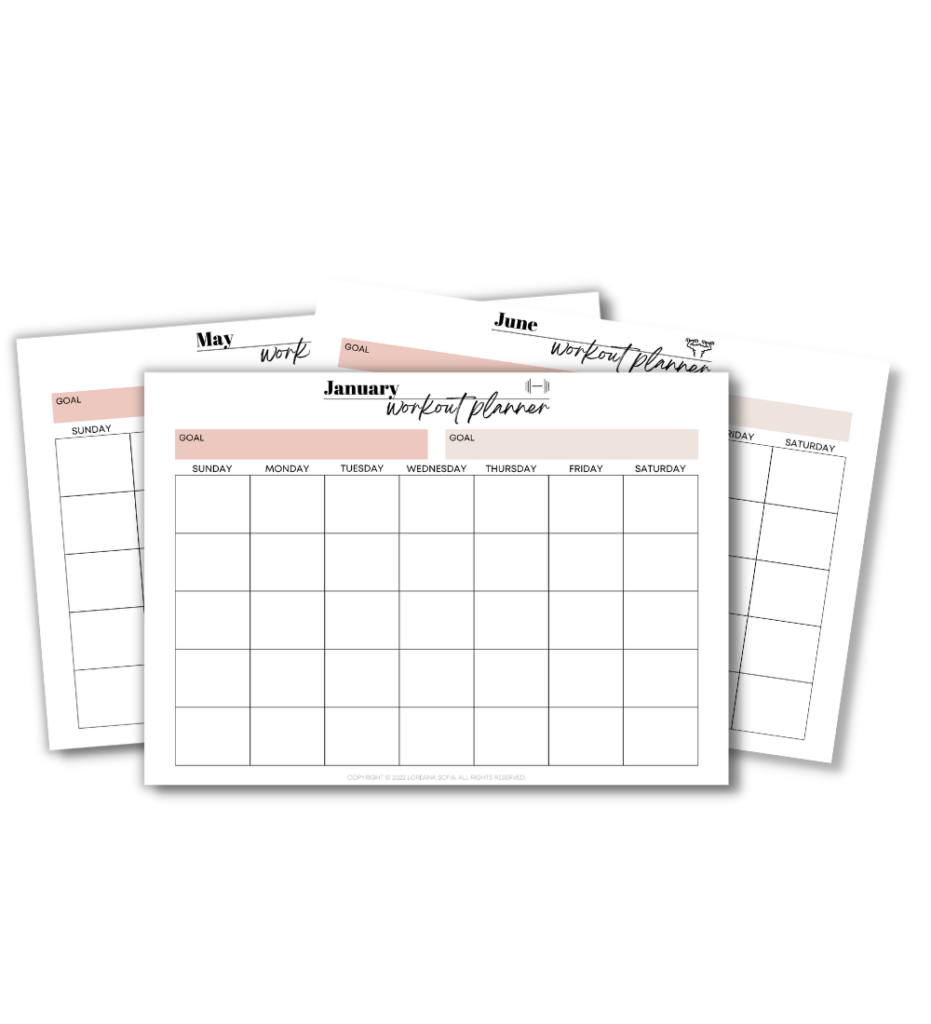
Want a free
MONTHLY WORKOUT PLANNER?
Get organized and plan your workouts with this Monthly Workout Planner. Fill out the form below and have the Workout Planner delivered straight to your inbox!
4. Prioritize free-weights over machines
This one goes along the lines of what I mentioned before.
I don’t know what it is about machines, but I never liked using them. The only exceptions are cable machines and the leg press. And honestly, I could easily go without those too.
It loops back to the idea that compound lifts are all that you need. A leg press will never replace the squat. A pull-down will never replace the pull-up. And the abductor machine will never replace the hip thrust.
I’m not saying to never use any machines. But what I’m saying is not to believe that machines are a perfect replacement to free-weights. The amount of muscles, stability and mobility required to handle a free-weight largely surpasses what you need for a machine.
Focus on free-weights.
5. Push. Yourself. To. The. Max. (The Golden Best Habit To Start)
No advice that I’ve given above would make any difference in your goals if you don’t follow this one:
Push. Yourself. To. The. Max.
When lifting weights, make sure to lift as much as you possibly can. However many reps you’re going for, you shouldn’t be able to do a single more rep.
For example, say that you’re going for 10 reps of a dumbbell curl. The first ones could move with relative ease. However, those last 2-3 reps should feel like your soul is leaving your body. And finally, you shouldn’t be able to do an 11th.
I remember when I was doing hip thrusts, I would always stack about 2 plates of 45kg on either side. And I was struggling during my last reps. However, I once lifted with a girl I had met at the gym, and she was stacking 4 plates on either side (!!!). My ego was like “Nope, we are not unracking that, we’ll just have to deal with it”. And I did it. The same amount of reps that I would do with 2 plates I now did with 4.
And that’s when I learnt this lesson: when you think you’re maxed out, add a bit more.
Push yourself.
Nutrition Coaching
Train hard. Eat well. Build your body one day at a time.
Train hard. Eat well.
Build your body one day at a time.
1-to-1 coaching. A sustainable nutrition plan. A lifetime of knowledge.
6. Make use of drop-sets and supersets
Take note
Drop Sets & Supersets
Drop sets refer to when you complete a set of exercises until failure, drop the weight and then do another set.
Example:
- You complete 10 reps of a lat pulldown at 60kg – you max out at 10reps, which means you couldn’t do an 11th rep
- Then, you drop the weight to 30kg, and you complete another 10 reps.
The amount of weight that you drop doesn’t always have to be 50%, it can be as much as you want.
Supersets refer to when you complete two exercises without taking a break in between.
Example:
- You complete 10 reps of dumbbell curls
- Immediately after, you jump right into 10 reps of hammer curls
Playing around with drop sets and supersets is as flexible as playing around with tempo.
For drop sets, feel free to drop the weight more than once. You can drop it the first time by 30%, and then a second time by another 30%. The same goes with supersets: you can do 3 exercises back to back if you wish to.
Both of these techniques are very useful to work through plateaus. They are also an effective way to increase muscle size.
The goal of both these techniques is to fatigue every last fibre of the muscle being worked. So by fully fatiguing all those fibres, you promote hypertrophy. Also, by being worked for an extended period of time, drop sets are also useful for muscle endurance.
Pro tip: these are great ways to have shorter workouts while still hitting all the muscles you want. By not taking breaks, your workouts become shorter!
7. Include a burnout at the end of your workout
The eternal love-hate relationship between gymrats and burnouts…
As the name suggests, burnouts are made to fully exhaust the muscle you’ve been working on during your session. Due to this, burnouts are extremely tough both physically and mentally and are considered advanced training techniques.
Please note that due to the goal of burnouts, it is not recommended to add them to all your workouts as they can cause injury if not used (and healed from) properly.
Basically, at the end of your workout, you would do one last exercise for higher reps (15-20) but at a much lighter weight.
Example
Burnouts
Burnout on squat days: At the end, complete 3 sets of 15-20 reps of leg extensions
Burnout on bench press days: after your last bench press set, drop down to the ground and perform a set of 15-20 pushups
8. Try out at least 1 exercise you've never done before
The key element in strength training is exposing your body to things it hasn’t done before.
So, if you’ve hit a plateau on some part of your body, then try incorporating exercises that you’ve never done before hitting that spot. I can almost guarantee you that by doing that, you will make your way out of the plateau.
For example, you’ve hit a plateau with your quads, whereby the squat just doesn’t do it anymore… look up other compound exercises that hit the quad. Once you see one that you’ve never done before consistently, then start doing it.
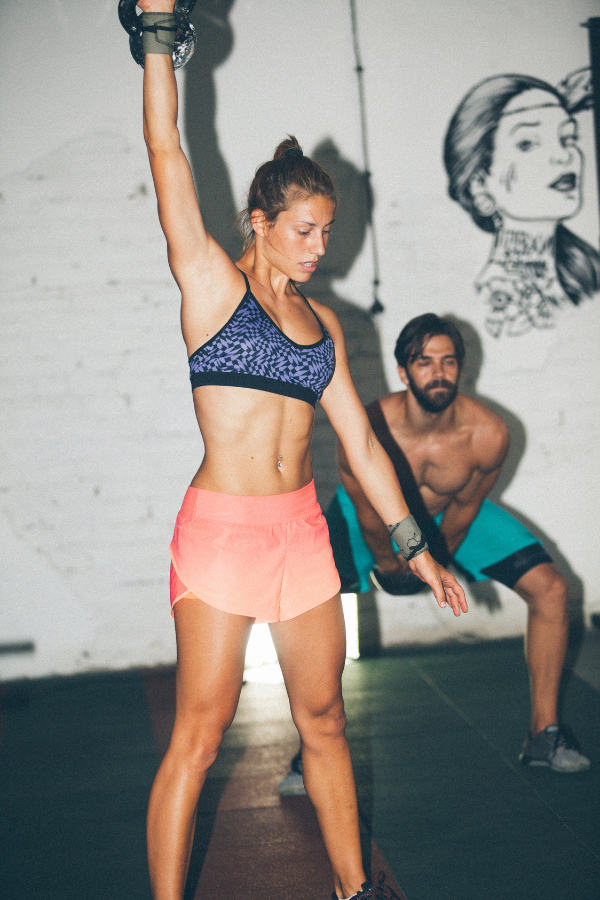
9. Rage of motion. I mean range of motion.
Lastly, but certainly not least: check up on your range of motion. Range of motion refers to how far you can move or stretch a muscle or a joint.
For the squat, range of motion refers to how far down your butt can go without you falling. As for the bench press, it refers to how close to your chest the bar gets.
Naturally, having a wider range of motion is harder because it requires the weaker parts of your muscle to be put into use. Consequently, many forgo maximizing their range of motion in order to be able to lift heavier. ‘Tis what we can ego lifting, my friends.
I can guarantee you that prioritizing your range of motion over the amount that you lift will allow for better and faster progress- especially if you’ve been neglecting it.
You can film yourself lifting, and you’ll see how far down you really go. If not, you can ask someone to check it for you.
These are the most-used techniques of progressive overload that I incorporate into all my workout plans.
If you use them wisely (definitely not all at once), you will see constant improvement and possibly hit fewer plateaus.
This blog post was all about the 9 best habits to start incorporating into your workout plan in order to ensure proper progressive overload!
Share this post





